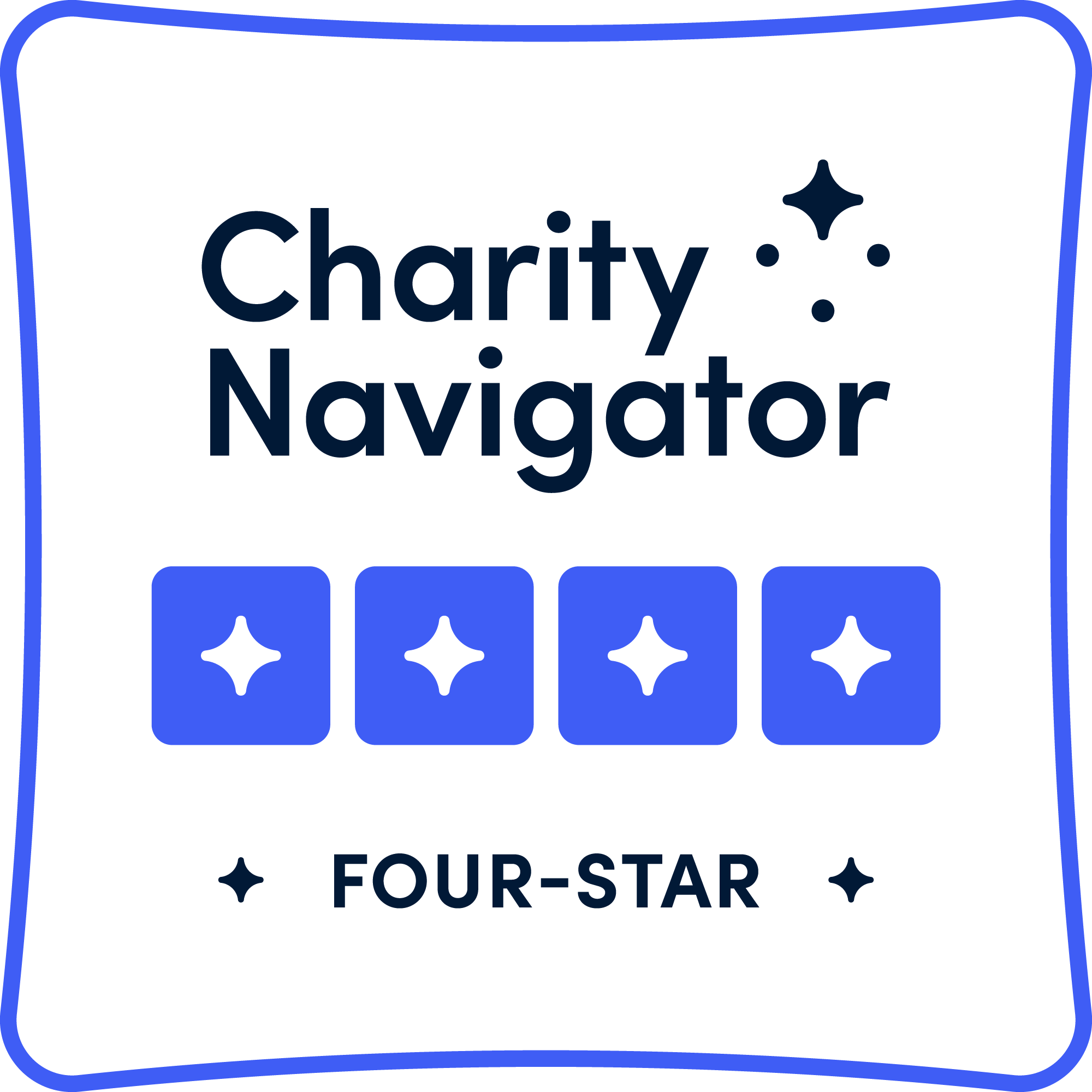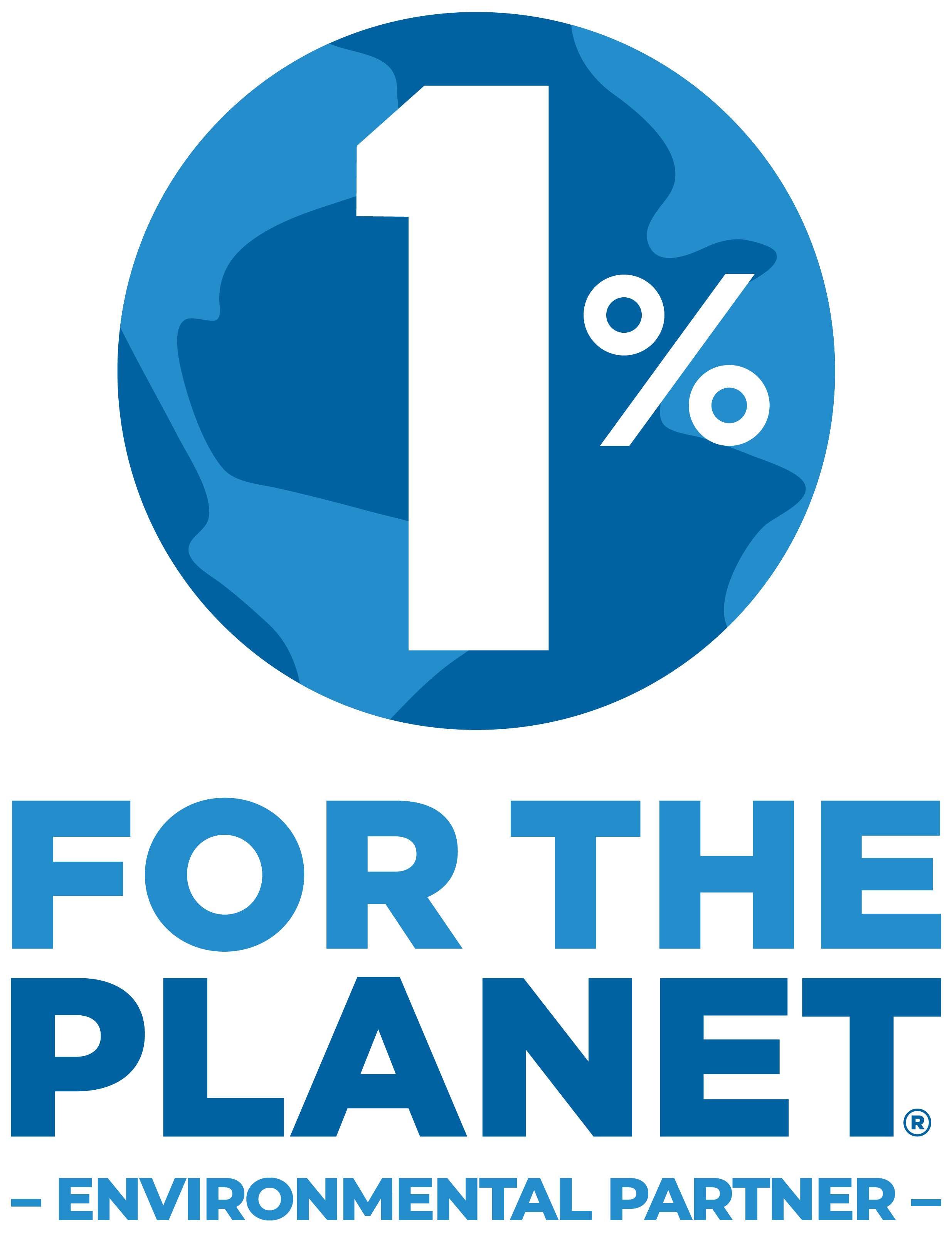Active banners: 0 Visible banners: 0
The Forward and Backward City
Provided by: World's Largest Lesson |Published on: April 4, 2025
Ebooks
345678
Synopsis
- This inspiring ebook was written by a child and introduces other children to topics related to the United Nations Convention on the Rights of the Child.
- The story takes place in a fictional African city in an imagined 2030 and follows a boy from the very poor part of town and another boy from the very wealthy part of town, highlighting how different their lives are and the circumstances that bring them together.

Subjects: Social Studies, Civics, English Language Arts
Authors: World's Largest Lesson
Region: Africa, Global
Languages: English
Teaching Materials
Positives
- This story of the fictional city reflects many problems faced in our current society, such as corruption, inequality, and poverty.
- Seeing young Tatenda as a hero will inspire and empower students.
Prerequisites
- Students may need some of the terms in the story defined before reading.
- Students should also understand themes of inequality and human rights.
Differentiation & Implementation
- As a vocabulary activity, teachers can ask students to find where the term corruption has been used in the story. The teacher can then ask students to determine what this term means, based on what happened in the story and how the word is used. Students can work together to create a working definition of the term and compare it with its dictionary definition.
- Students can read the About the Author page for inspiration from a young writer and change-maker, who was only 12 at the time this book was published.
- Teachers can use this story to introduce the topic of environmental justice and frontline communities. Students can compare Tatenda's community to environmental justice communities and the hardships they face. Teachers can use these environmental justice lessons about green spaces and air quality to facilitate this topic.
- Students can discuss how this story relates to the two Sustainable Development Goals mentioned, No Poverty and Reduced Inequalities. If students are unfamiliar with the goals, the media literacy activity UN Sustainable Development Goals and Graphics
Scientist Notes
Teaching Tips
Standards
Resource Type and Format
All resources can be used for your educational purposes with proper attribution to the content provider.



